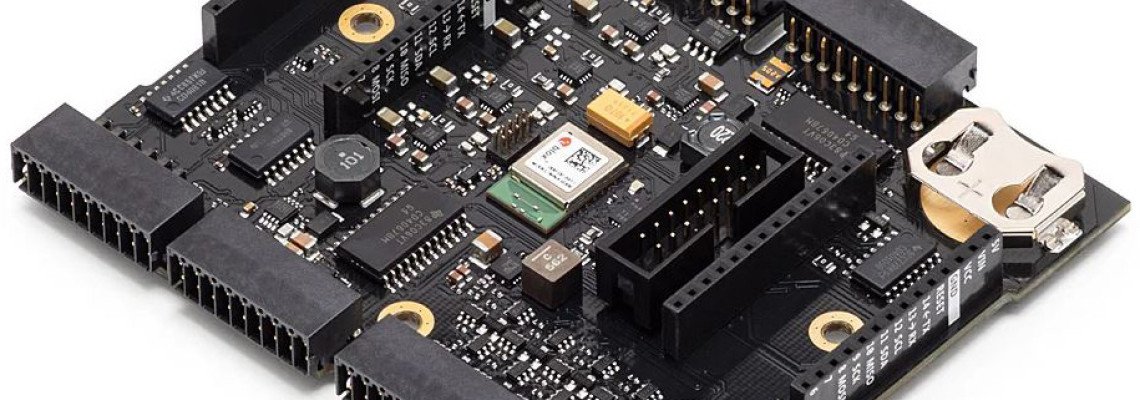
Description
The Arduino Edge Control board is designed to address the needs of precision farming. It provides a low power control system, suitable for irrigation with modular connectivity. The board is compatible with MKR Boards 2G/3G/CatM1/NBIoT, LoRa, Sigfox and WiFi/BT connectivity.
Target areas: Agriculture measurements, smart irrigation systems, hydroponics
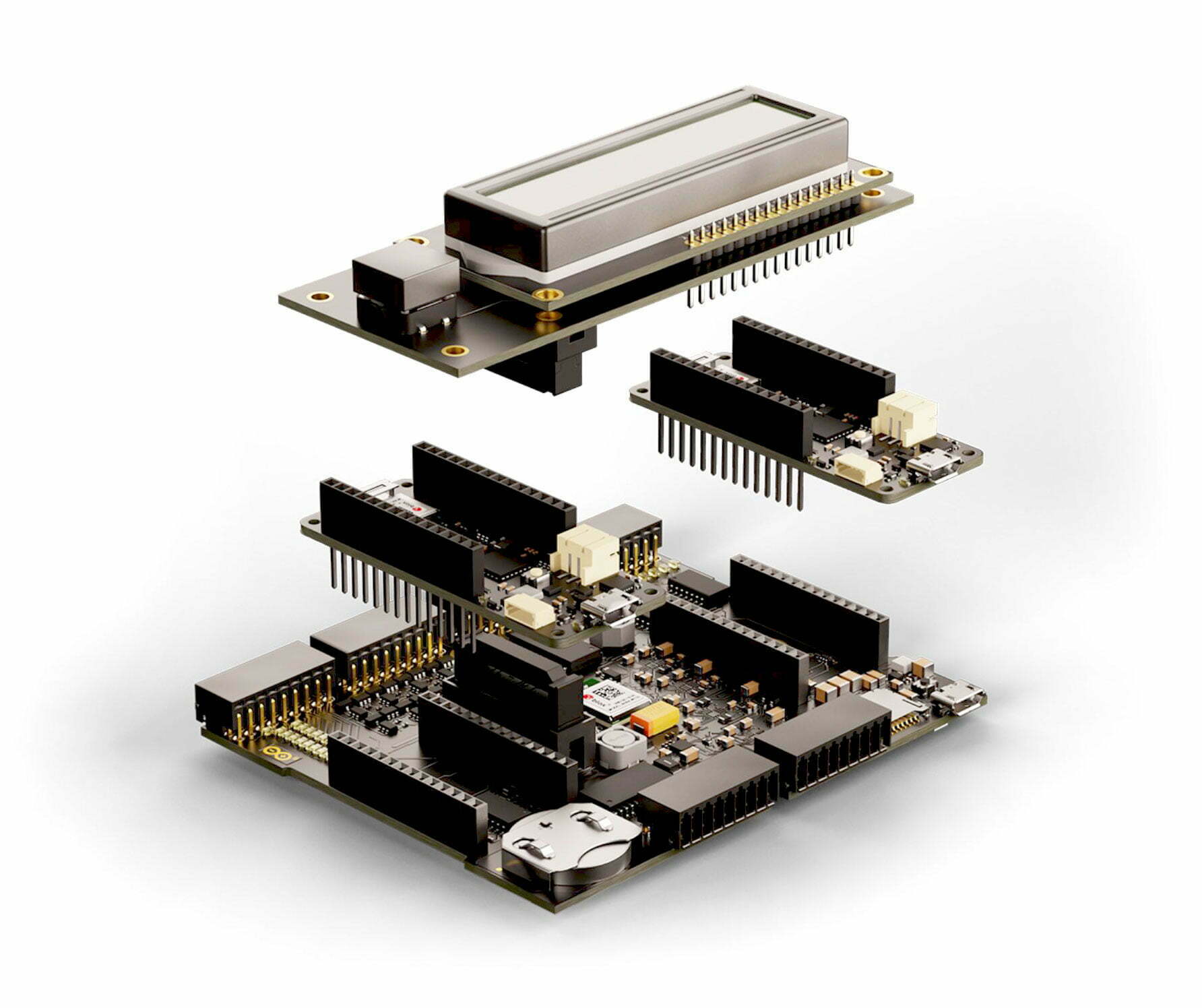
Nina B306 Module
■ Processor
■ 64 MHz Arm® Cortex-M4F (with FPU)
■ 1 MB Flash + 256 KB RAM
■ Wireless
■ Bluetooth (BLE 5 via Cordio stack, BLE 4.2 via Arduino Stack)
■ Advertising Extensions
■ +8 dBm TX power
■ 95 dBm sensitivity
■ 4.8 mA in TX (0 dBm)
■ 4.6 mA in RX (1 Mbps)
■ Peripherals
■ Full-speed 12 Mbps USB
■ Arm CryptoCell CC310 security subsystem
■ QSPI/SPI/TWI/I²S/PDM/QDEC
■ High speed 32 MHz SPI
■ Quad SPI interface 32 MHz
■ 12-bit 200 ksps ADC
■ 128 bit AES/ECB/CCM/AAR co-processor
■ Memory
■ 1 MB internal Flash memory
■ 2MB onboard QSPI
■ SD Card slot
■ Power
■ Low Power
■ 200uA Sleep current
■ Can operate for up to 34 months on a 12V/5Ah battery
■ 12 V Acid/lead SLA Battery Supply (Recharged via solar panels)
■ RTC CR2032 Lithium Battery back up
■ Battery
■ LT3652 Solar Panel Battery Charger
■ Input Supply Voltage Regulation Loop for Peak Power Tracking in (MPPT) Solar applications
■ I/O
■ 6x edge sensitive wake up pins
■ 16x hydrostatic watermark sensor input
■ 8x 0-5V analog inputs
■ 4x 4-20mA inputs
■ 8x latching relay command outputs with drivers
■ 8x latching relay command outputs without drivers
■ 4x 60V/2.5A galvanically isolated solid state relays
■ 6x 18 pin plug in terminal block connectors
■ Dual MKR Socket
■ Individual power control
■ Individual Serial Port
■ Individual I2C ports
■ Safety information
■ Class A
Application examples
The Arduino Edge Control is your gateway to Agriculture 4.0. Get real-time insight into the state of your process and increase crop yield. Improve business efficiency through automation and predictive farming. Tailor the Edge Control to your needs by using up two Arduino MKR Boards and an assortment of compatible Shields. Maintain historical records, automate quality control, implement crop planning and more through the Arduino IoT Cloud from anywhere in the world.
Automated Greenhouses: In order to minimise carbon emissions and increase economic yield, it is important to ensure that the best environment is provided for the growth of crops in terms of humidity, temperature and other factors. The Arduino Edge Control is an integrated platform that enables remote monitoring and real-times optimization to this end. Including a Arduino MKR GPS Shield (SKU:ASX00017) allows for optimum crop rotation planning and acquisition of geospatial data.
Hydroponics/Aquaponics: Since hydroponics involves the growth of plants without soil, delicate care must be maintained to ensure they maintain the narrow window required for optimum growth. The Arduino Edge Control can ensure that this window is achieved with minimal manual labour. Aquaponics can provide even more benefits than conventional hydroponics towards which the Arduino Edge Control can help match the even higher requirements by providing better control over the internal process while ultimately reducing production risks.
Mushroom Cultivation: Mushrooms are notorious for requiring the perfect temperature and humidity conditions to sustain spore growth while also preventing competing fungi from growing. Thanks to the numerous watermark sensors, output ports and connectivity options available on the Arduino Edge Control as well as the Arduino IoT Cloud, this precision farming can be achieved on an unprecedented level.
Accessories
- Irrometer Tensiometers
- Watermark soil moisture sensors
- Mechanized ball valves
- Solar panel
- 12V/5Ah acid/lead SLA battery (11 - 13.3V)
Related products
- LCD Display + Flat Cable + plastic enclosure
- 1844646 Phoenix contacts (included with the product)
- Arduino MKR family boards (for expanding wireless connectivity)
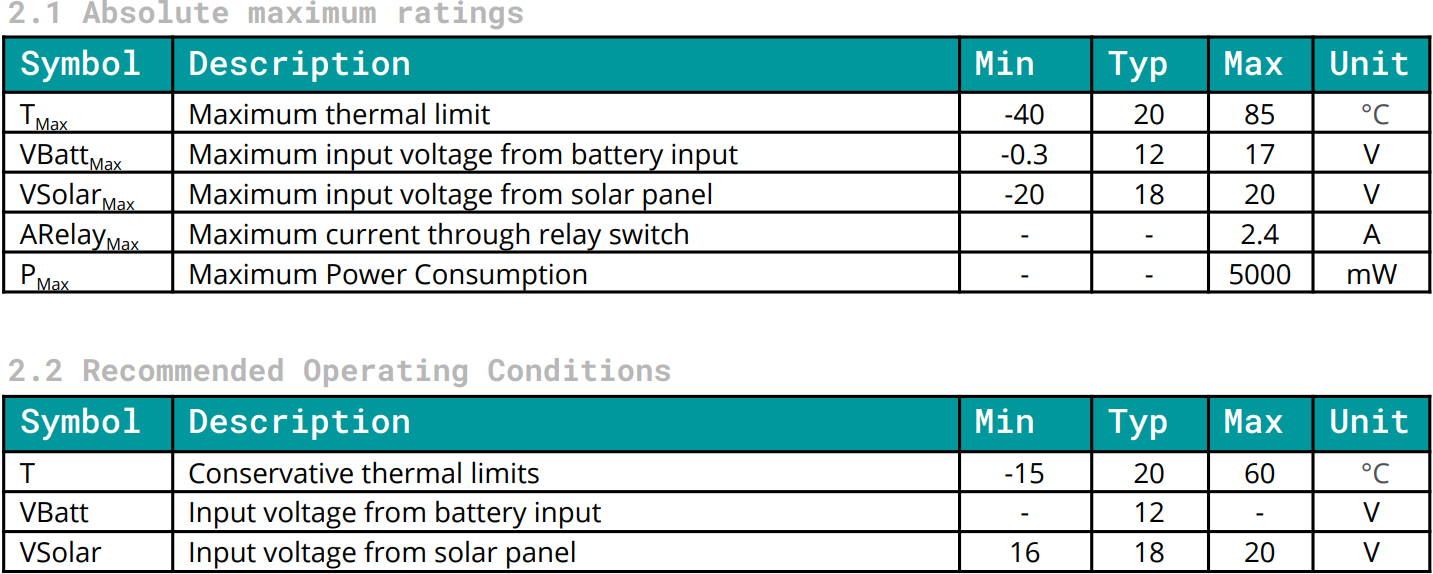
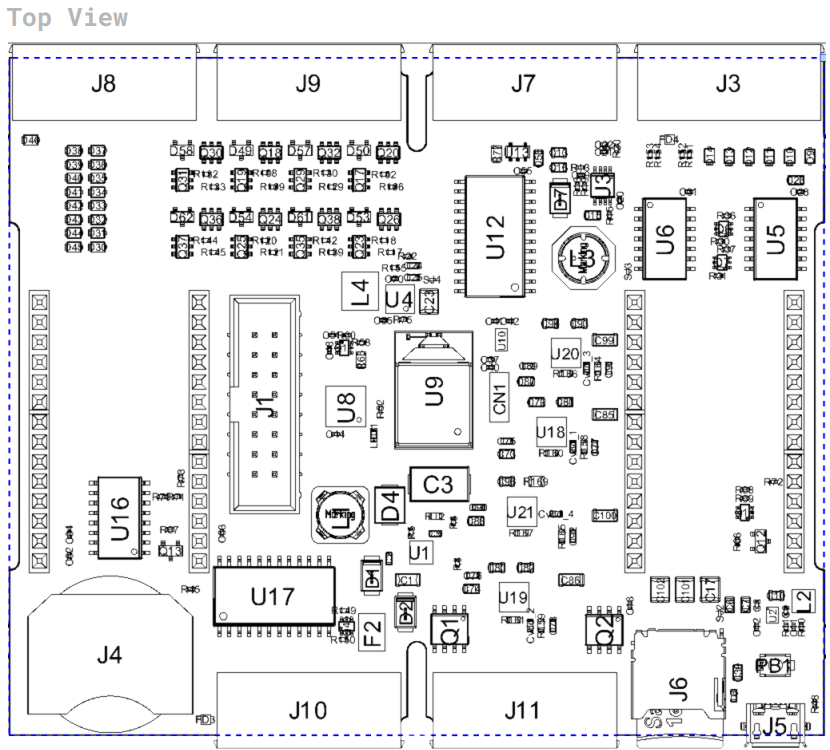
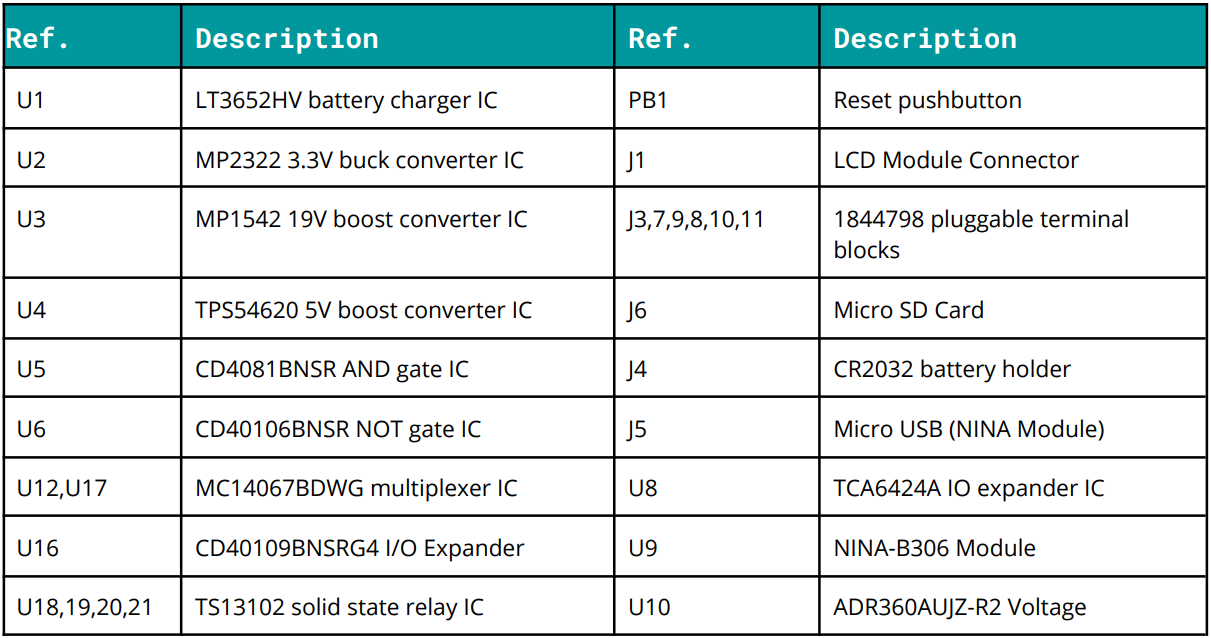
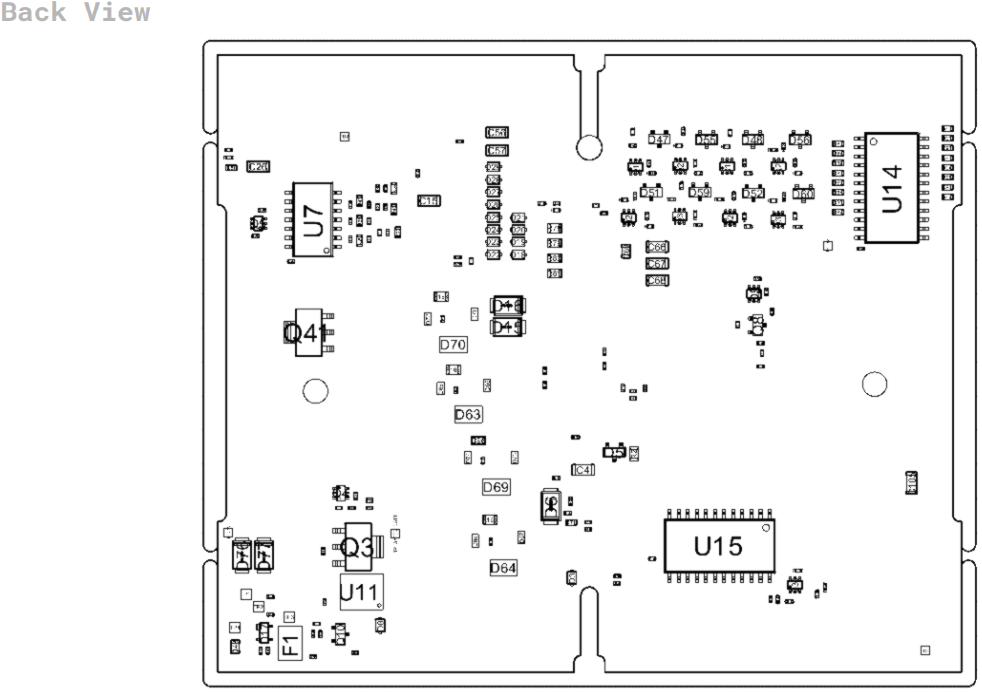

Processor
The Main Processor is a Cortex M4F running at up to 64MHz.
LCD Screen
The Arduino Edge Control provides a dedicated connector (J1) for interfacing with a HD44780 16x2 LCD display module, sold seperately. The main processor controls the LCD via a TCA6424 port expander over I2C. Data is transferred over a 4-bit interface. LCD backlight intensity is also adjustable by the main processor.
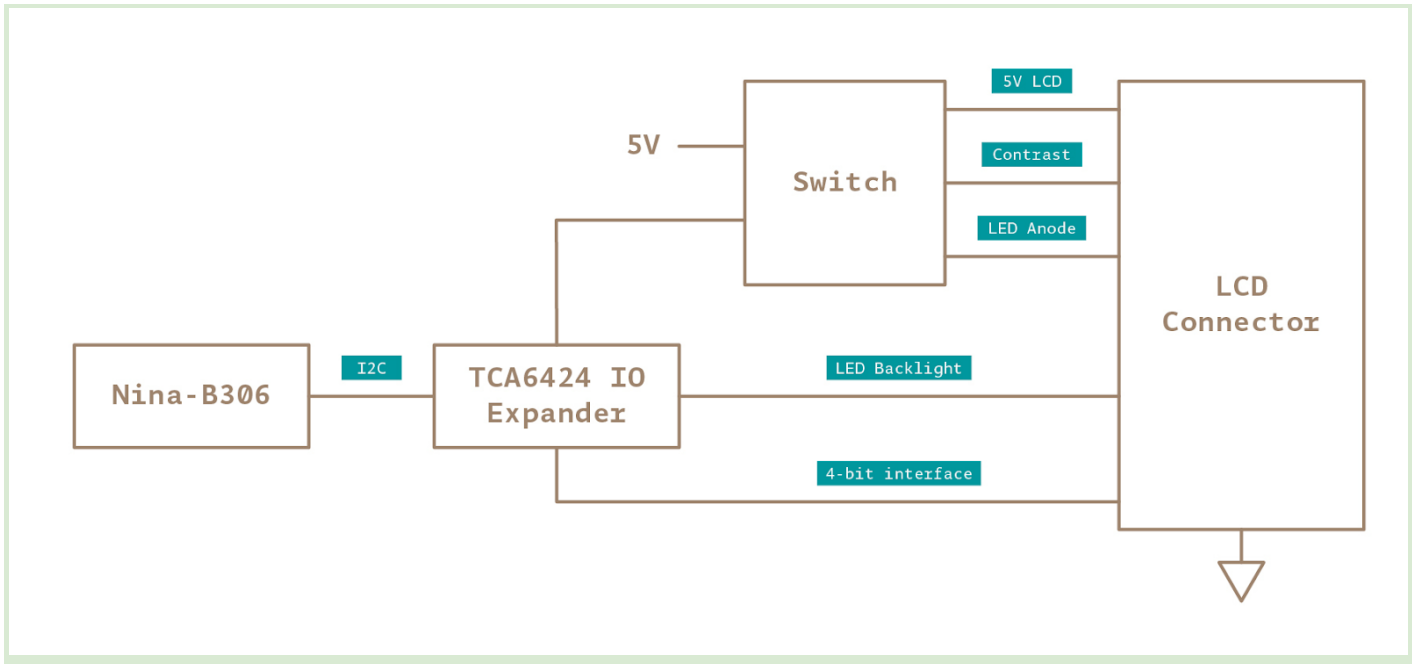
5V Analog Sensors
Up to eight 0-5V analog inputs can be connected to J4 for interfacing analog sensors such as tensiometers and dendrometers. Inputs are protected by a 19V Zener diode. Each input is connected to an analog multiplexer that channels the signal to a single ADC port.
Each input is connected to an analog multiplexer (MC14067) that channels the signal to a single ADC port. The main processor controls the input selection via a TCA6424 port expander over I2C.

4-20mA sensors
Up to four 4-20mA sensors can be connected to J4. A reference voltage of 19V is generated by the MP1542 step-up converter to power the current loop. The sensor value is read via a 220 ohm resistor.
Each input is connected to an analog multiplexer (MC14067) that channels the signal to a single ADC port. The main processor controls the input selection via a TCA6424 port expander over I2C.

Watermark Sensors
Up to sixteen hydrostatic watermark sensors can be connected to J8. Pins J8-17 and J8-18 are the common sensor pins for all the sensors, controlled directly by the microcontroller. Inputs and the common sensor pins are protected by a 19V Zener diode.
Each input is connected to an analog multiplexer (MC14067) that channels the signal to a single ADC port. The main processor controls the input selection via a TCA6424 port expander over I2C. The board supports 2 precision modes.
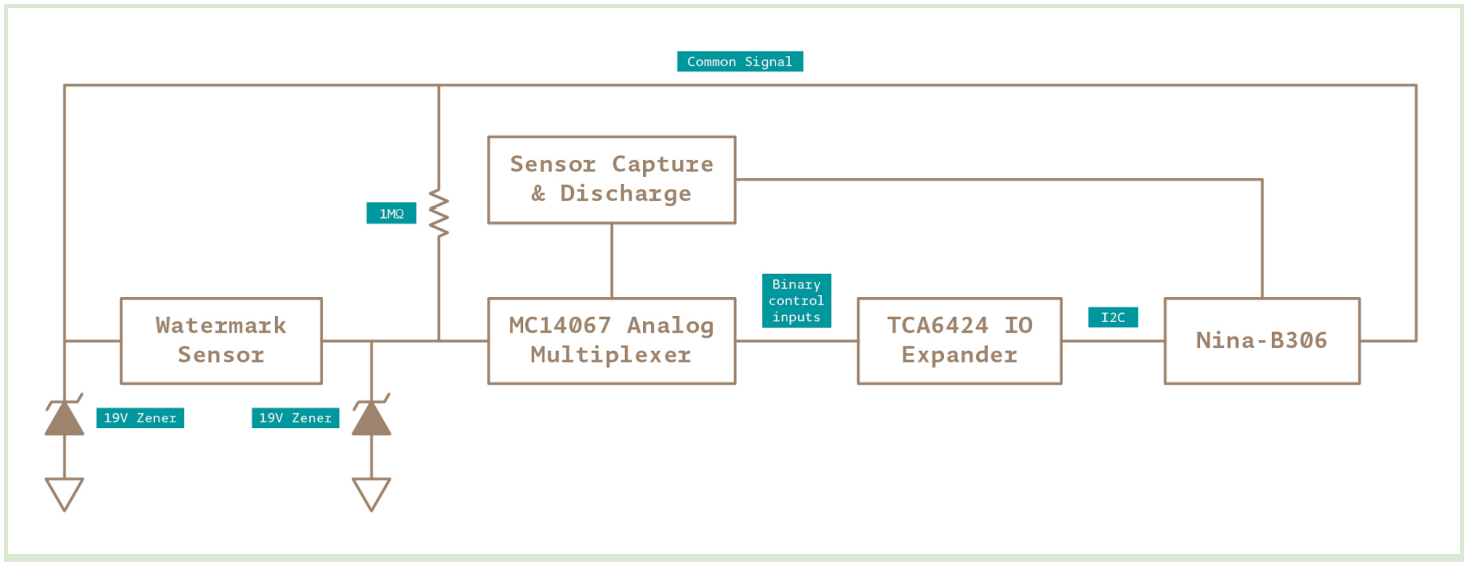
Latching outputs
Connectors J9 and J10 provide outputs to latching devices like motorized valves. The latching output consists of dual channels (P and N) through which an impulse or strobe can be sent in either of the 2 channels (to open a close valve for example). The duration of the strobes can be configured to adjust to the external device requirement.
The board provides a total of 16 latching ports divided in 2 types:
● Latching commands (J10): 8 ports for high impedance inputs ( max +/- 25 mA). Connect to external devices with third-party protection/power circuits. Referenced to VBAT

● Latching Out (J9): 8 ports. This outputs includes drivers for the latching device. No external drivers are needed. Referenced to VBAT.

Solid State Relays
The board features four configurable 60V 2.5A solid state relays with galvanic isolation available in J11. Typical applications include HVAC, sprinkler control etc.

Storage
The board includes both a microSD card socket and an additional 2MB flash memory for data storage. Both are directly connected to the main processor via a SPI interface.
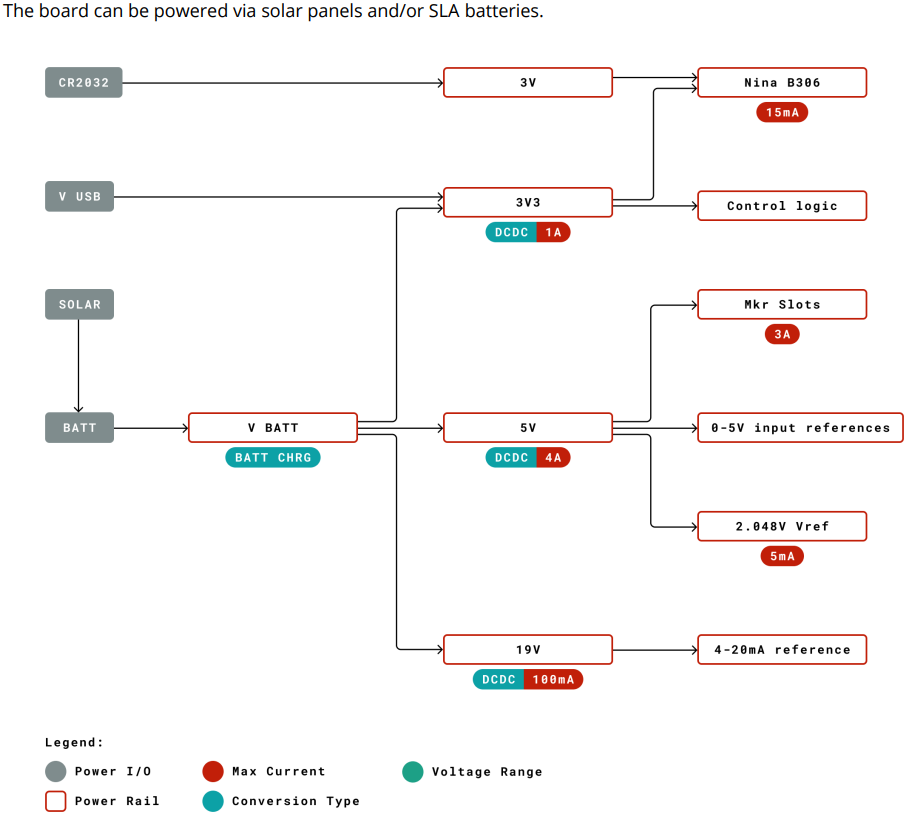
Board Operation
Getting started - IDE
If you want to program your Arduino Edge Control while offline you need to install the Arduino Desktop IDE [1] To connect the Arduino Edge control to your computer, you’ll need a Micro-B USB cable. This also provides power to the board, as indicated by the LED.
Getting started - Arduino Web Editor
All Arduino boards, including this one, work out-of-the-box on the Arduino Web Editor [2], by just installing a simple plugin. The Arduino Web Editor is hosted online, therefore it will always be up-to-date with the latest features and support for all boards. Follow [3] to start coding on the browser and upload your sketches onto your board.
Getting started - Arduino IoT Cloud
All Arduino IoT enabled products are supported on Arduino IoT Cloud which allows you to Log, graph and analyze sensor data, trigger events, and automate your home or business.
Sample Sketches
Sample sketches for the Arduino Edge Control can be found either in the “Examples” menu in the Arduino IDE or in the “Documentation” section of the Arduino Pro website.
Online resources
Now that you have gone through the basics of what you can do with the board you can explore the endless possibilities it provides by checking exciting projects on ProjectHub , the Arduino Library Reference and the online store where you will be able to complement your board with sensors, actuators and more.
Board Recovery
All Arduino boards have a built-in bootloader which allows flashing the board via USB. In case a sketch locks up the processor and the board is not reachable anymore via USB it is possible to enter bootloader mode by double-tapping the reset button right after power up.
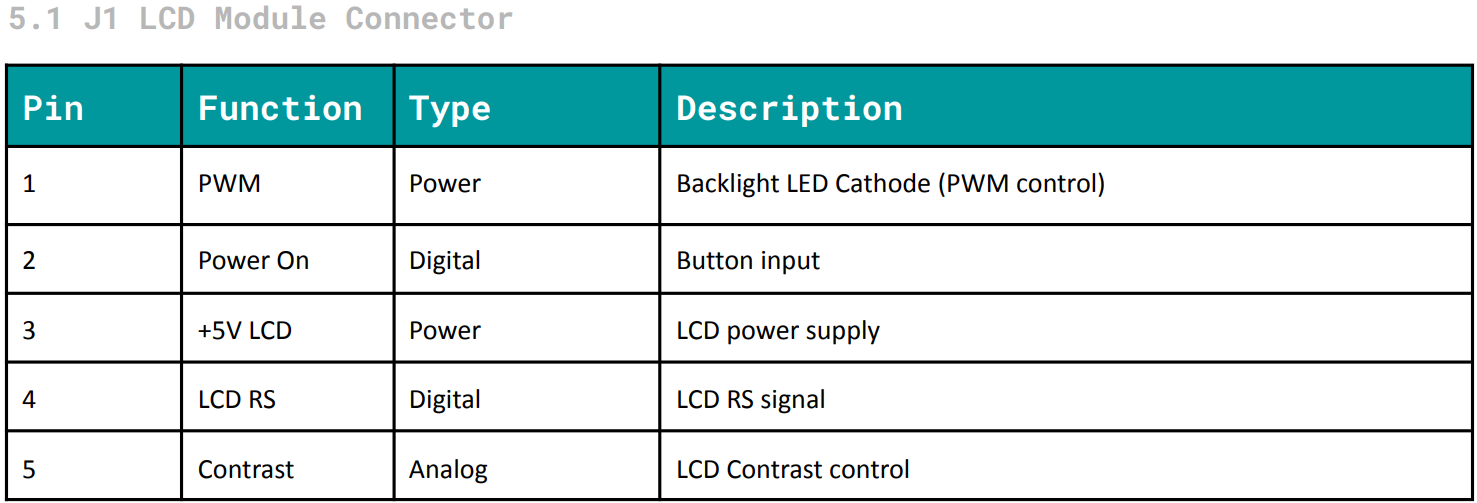
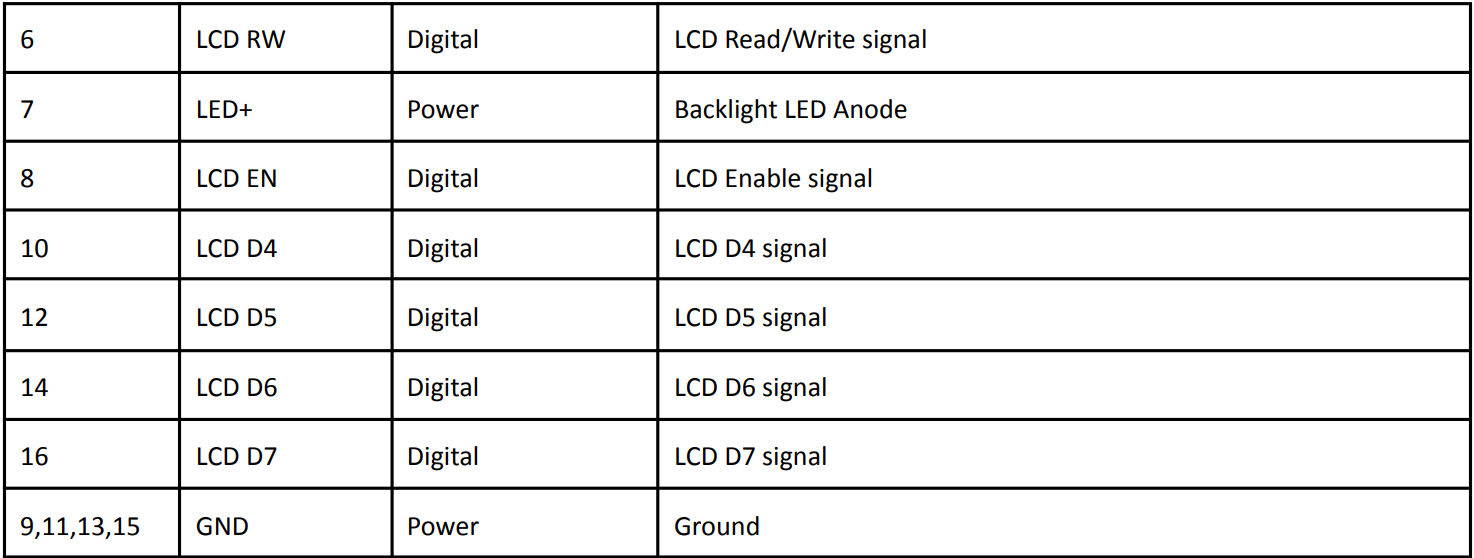
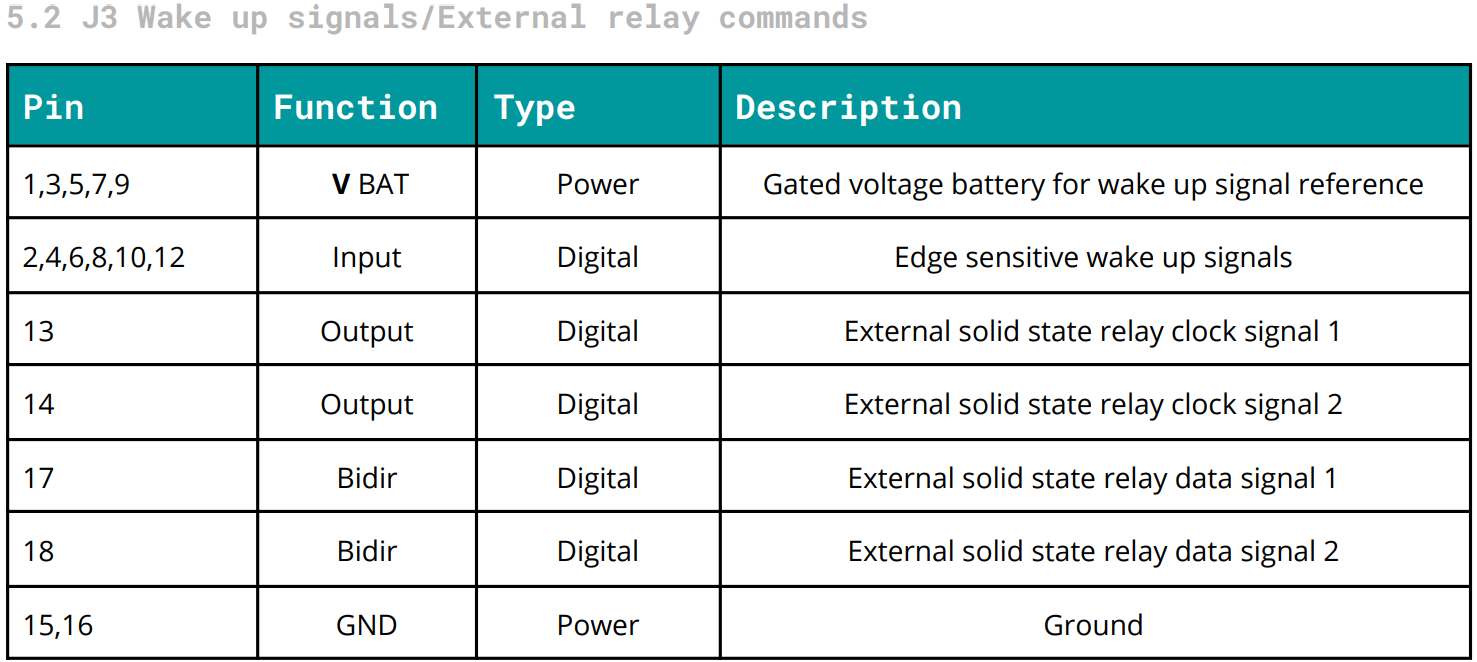
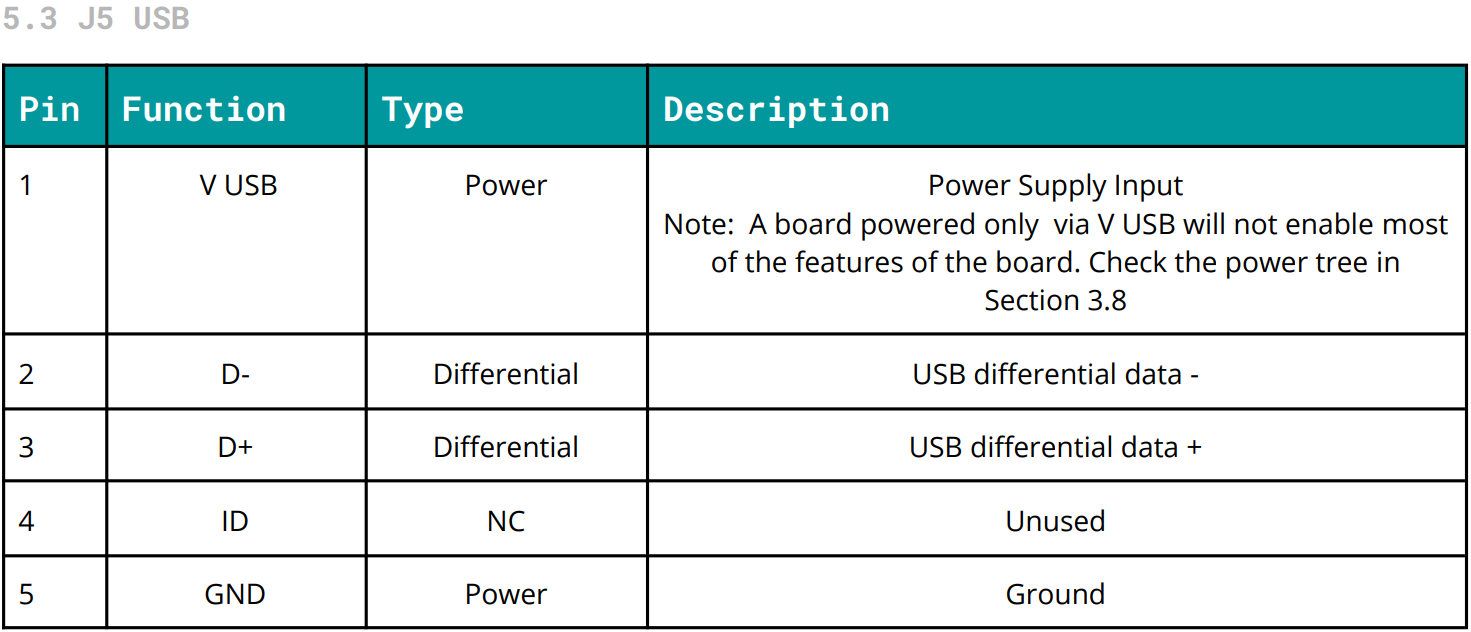











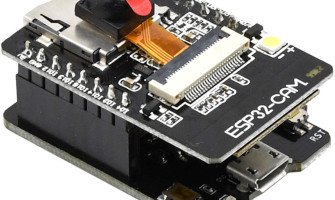
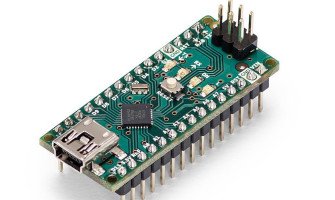
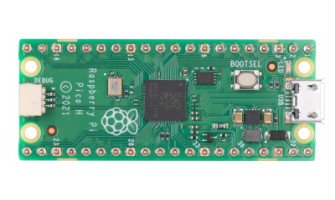
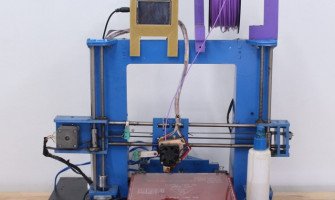
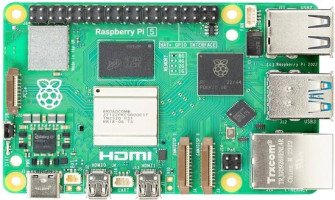
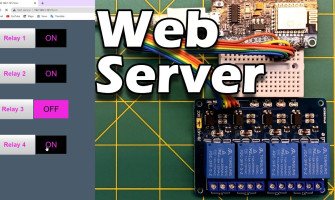
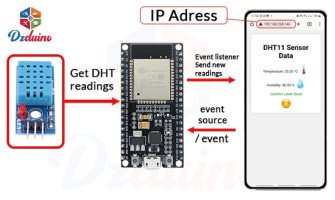
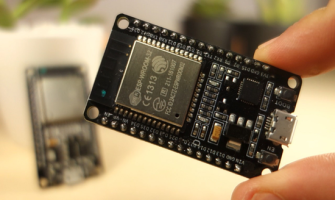
Laissez un commentaire